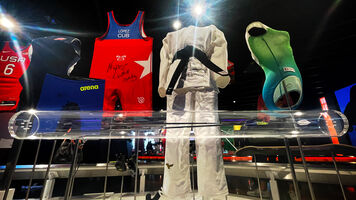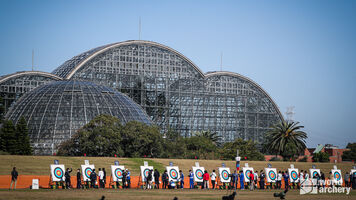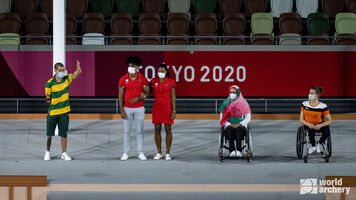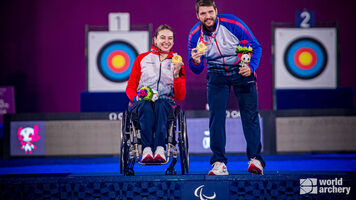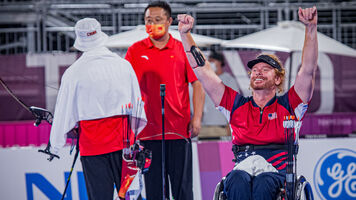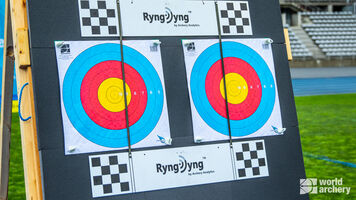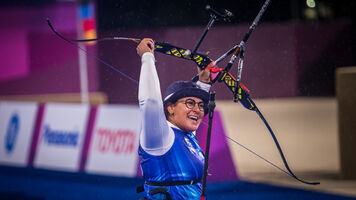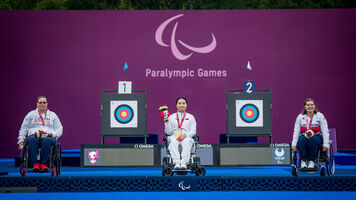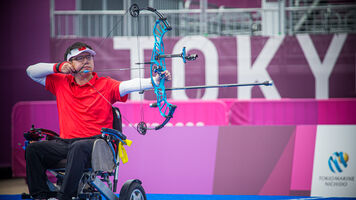The invisible challenge of heat for W1 archers at the Paralympics
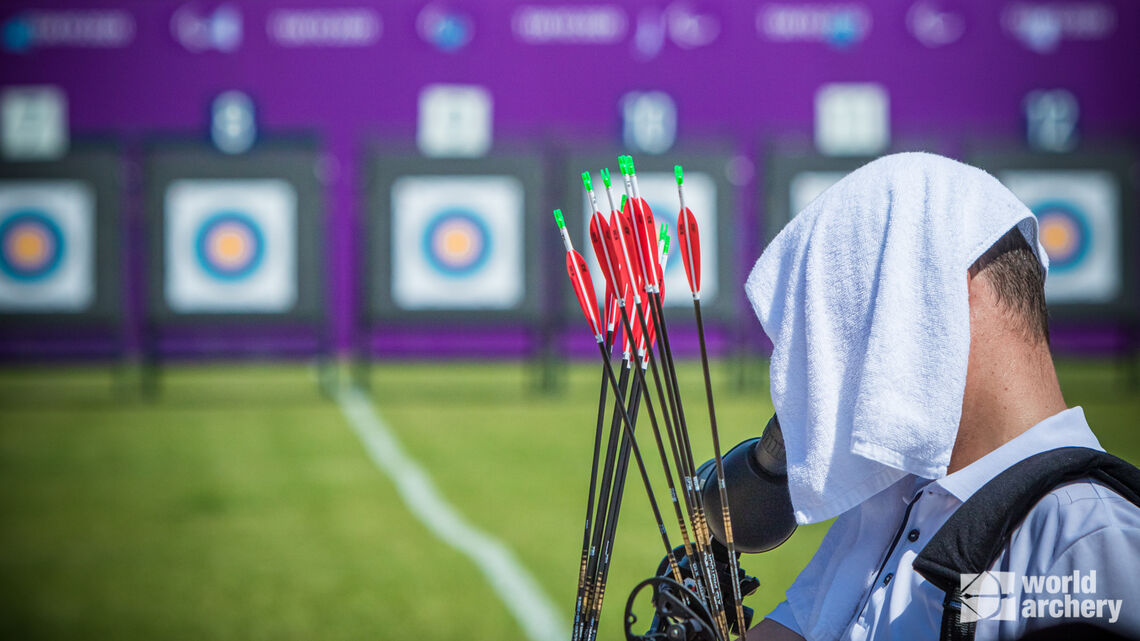
The heat in Tokyo has, at moments, been oppressive.
For the rest of the time, it’s been intense.
With little respite between shooting – especially during the qualifying round – archers, particularly archers classified as W1, must rely on alternative cooling strategies and support from their teams to try to keep their bodies at a sensible (and safe) temperature under the demanding conditions.
Being classified as W1 means an athlete has an impairment in their trunk and both the top and bottom halves of their bodies.
This often means they are paraplegic and their nervous system is severely impaired, both in terms of mobility but also in terms of its ability to control many of the body’s vital processes.
“Archers with a spinal cord injury, depending on the level of it, often can’t feel or control their body temperature,” explained Chiara Barbi, the team physiotherapist from Italy.
The Tokyo heat has required serious thought from organisers – who scheduled all the W1 matchplay in the evenings, when conditions are a little cooler – and athletes.
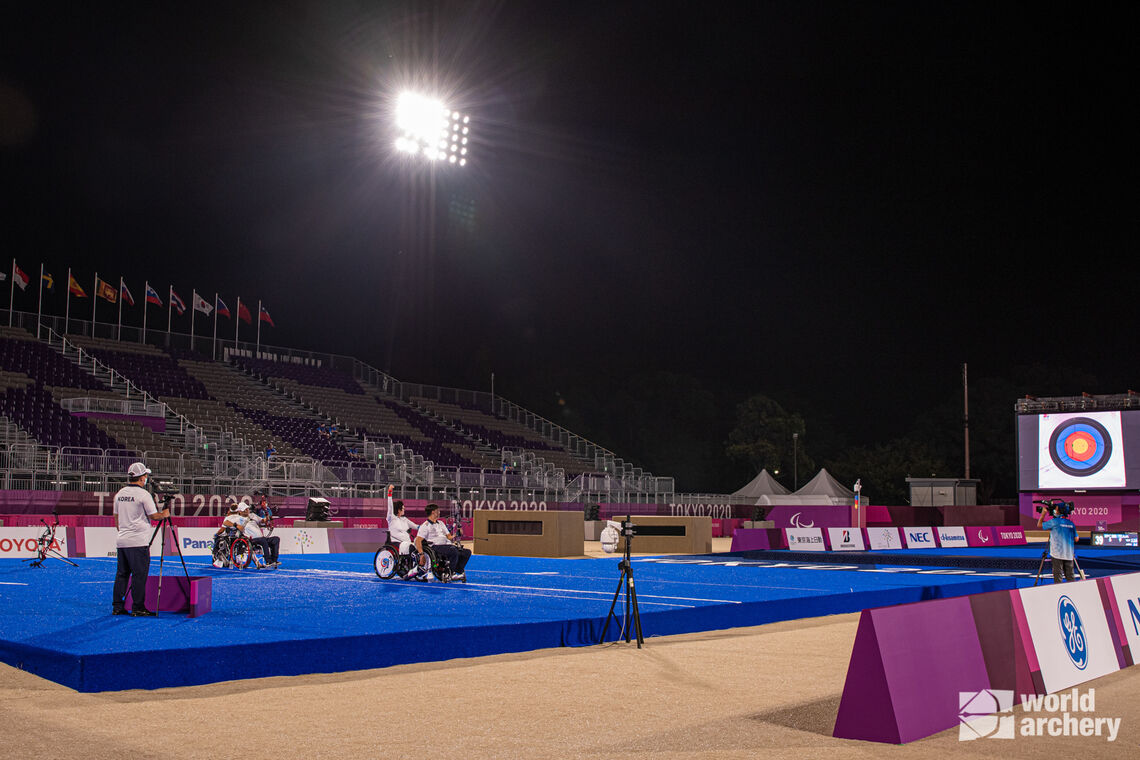
“We just need to keep on going, shoot an arrow by arrow and stick to it until the end of the session,” said Li Ji of China.
His teammate, Liu Jing, has been relying on external cooling methods.
“There isn’t a lot we can do except sprinkling on water or applying ice cubes to our bodies,” he explained. “I’m not capable of sweating so I need to be extra careful about that.”
Turkey’s Nihat Turkmenoglu, who collected the silver medal in the men’s event, battled to the podium despite the conditions.
“It’s really hard for me because I can’t control my body temperature,” he said.
Barbi, like many of the medical staff accompanying the archery teams at these Paralympics, is tasked with keeping track of the athletes’ conditions and mitigating the heat wherever possible.
“We need to check them because they don’t really feel that their body temperature is getting higher,” she said. “They can get a fever. If we checked the temperature of some of them, it could be up to 41 degrees. It can be very dangerous.”
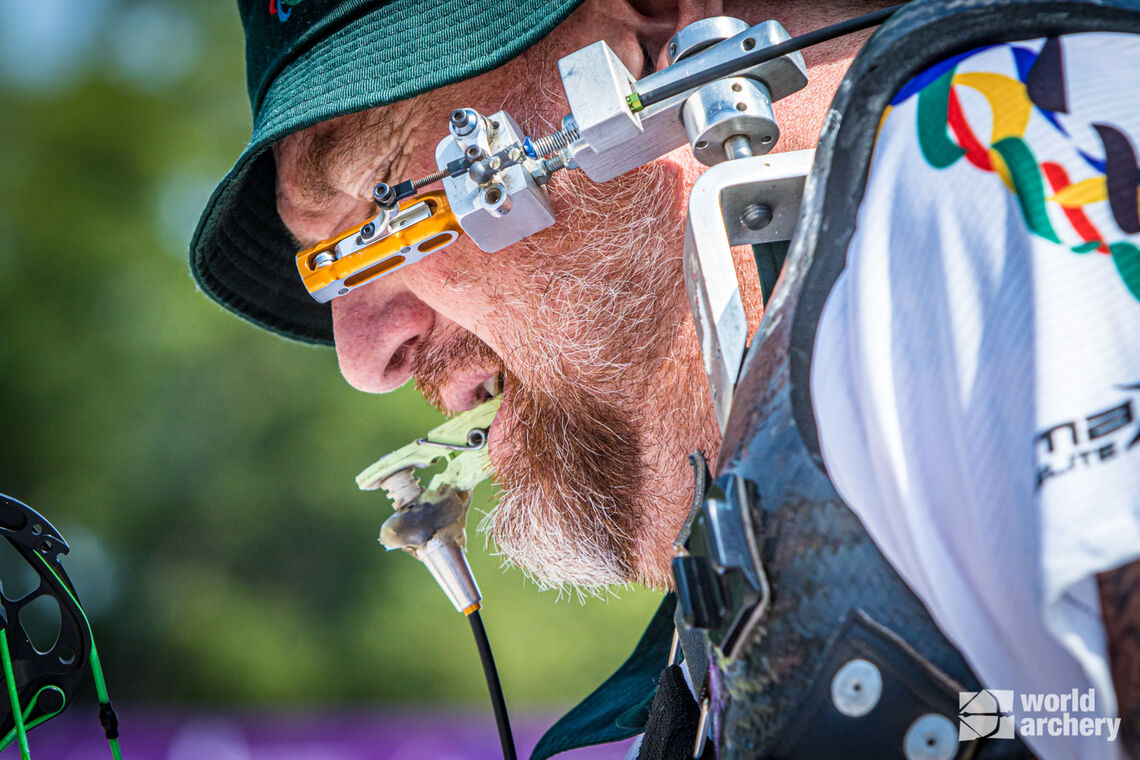
And though they may not be able to feel themselves overheating, small changes in internal temperature can also affect the scores at the target.
“It affects me negatively. My body temperature is so high here also because of the humidity and that causes our shooting level to decrease,” said W1 men’s bronze medallist Bahattin Hekimoglu of Turkey.
“I need somebody to calm me down, do some cool therapy, hydrate me.”
Primarily, the archers competing in Tokyo are focusing on shooting, on their performance – and on achieving a result at these Paralympics. It’s the support staff who are taking much of the responsibility for dealing with the temperature.
“They just feel it when it’s too late. We need to start that process in advance,” explained Barbi.
The Italian team is having its athletes drink a lot of water, cool their bodies with ice every 10 or 15 minutes and take shade wherever possible. China, meanwhile, has little cooling bowls, lowered in temperature but not wet to the touch.
Many teams have other strategies, having put a lot of thought into dealing with the conditions.
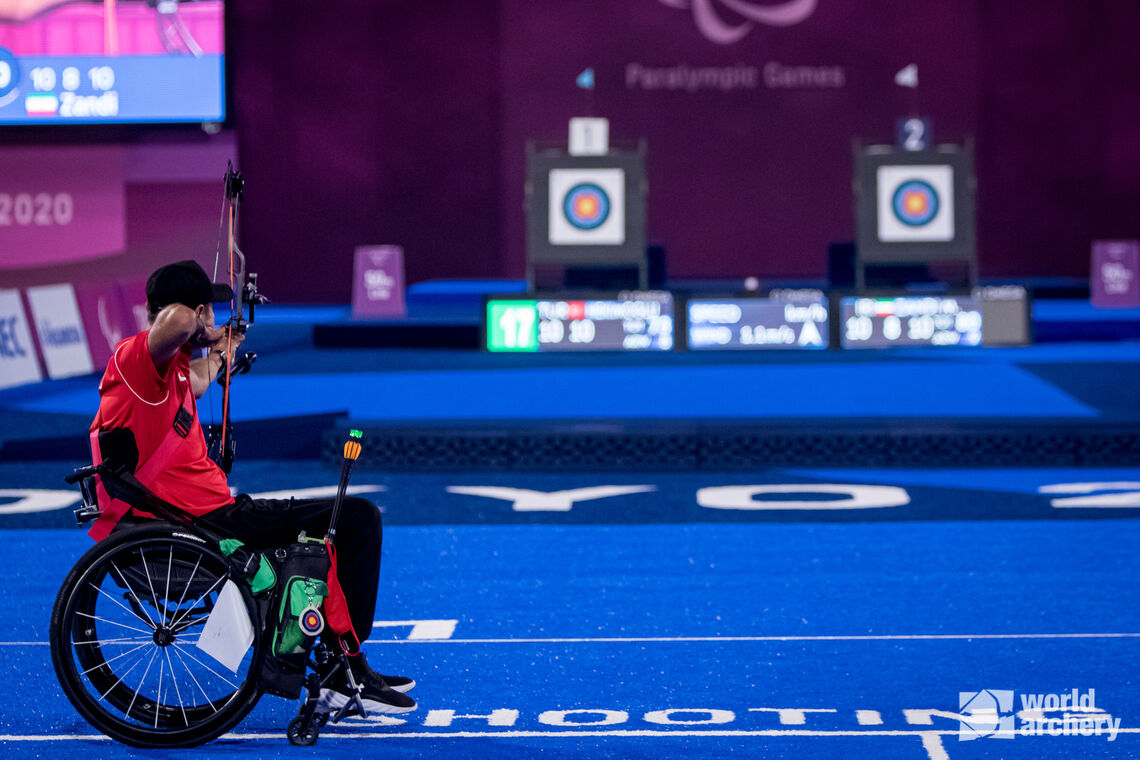
Since 2014, the Paralympic archery competition has been split into two just two classifications – open and W1.
The open categories, which mirror those in able-bodied events, group together a wide variety of impairments. The archers competing in the W1 events, however, all have very similar conditions. W1 is a critical part of the system as it provides elite competition, with a fair playing field, for archers with the most restricted mobility.
Growth in the class since it was introduced ahead of the Games in Rio has been impressive. There are now more than 100 international archers classified as W1, with more than one-third of them women.
Not only is the number of athletes rising – but so is the level.
And the performances, especially those seen in Tokyo, only become more impressive when you know about some of the hidden challenges, like heat, that the archers competing in the W1 categories might face.





